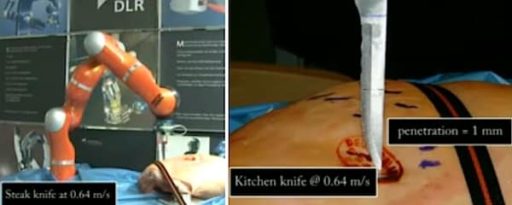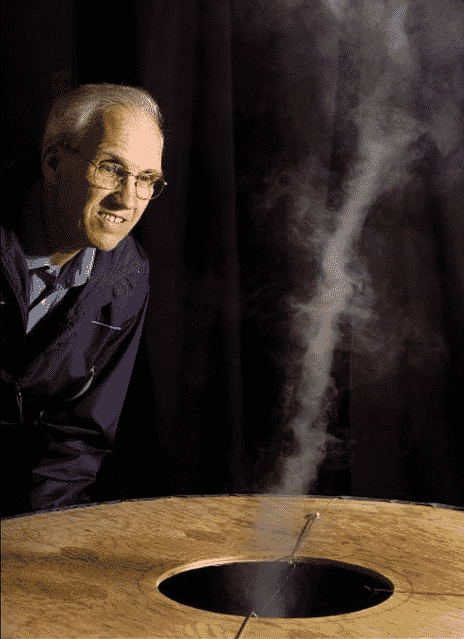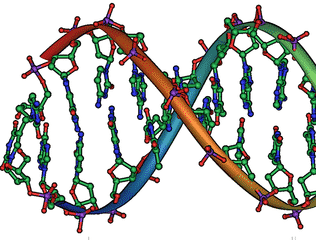80 years ago, scientists theorized that it was possible to create matter from light by colliding photons with each other. Physicists at the Imperial College of London have now figured out a way to prove this.
The theory behind this was originally forwarded by John Wheeler and Gregory Briet back in 1934. The duo said that colliding two photons will create an electron and a positron. In other words, photons which are light could be used to create actual matter.
The theory has been held as sound over the years, although proving it has turned out to be a particularly tricky task. A team of three physicists at Imperial College has finally come up with a set of equipment which may show the practical manifestation of the phenomenon.
The machine itself makes use of existing technologies. It comprises of two steps. In the first step, laser beam is used to excite and speed up electrons so much so that they reach the speed of the light. Then these electrons are directed at a slab of gold. The collision creates highly energetic photons.
The second step comprises of firing a high-energy laser beam into a gold canister called ‘hohlraum.’ The beam strikes the canister and creates thermal radiation field. Next, the photon beam is directed into this hohlraum and photons from both steps collide with each other and it may finally be possible to determine the creation of matter in this moment.
Professor Steven Rose of Imperial College says, “Despite all physicists accepting the theory to be true, when Breit and Wheeler first proposed the theory, they said that they never expected it be shown in the laboratory. Today, nearly 80 years later, we prove them wrong. What was so surprising to us was the discovery of how we can create matter directly from light using the technology that we have today in the UK. As we are theorists we are now talking to others who can use our ideas to undertake this landmark experiment.”
For now, the team has merely revealed the method in a research published recently. They are now in the process of setting up the equipment and making other preparations to go forward with the experiment. The plan is to set up and execute the experiment within the next 12 months. So let’s keep our fingers crossed.
Source: Nature
[ttjad keyword=”atnt-contract-phone”]




